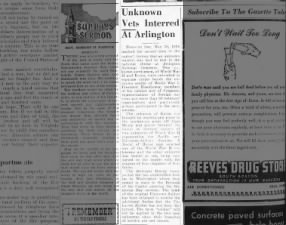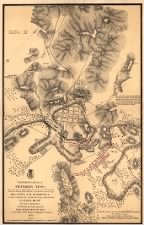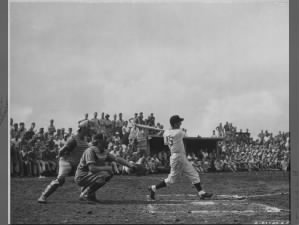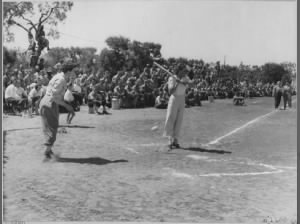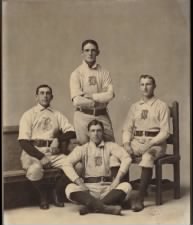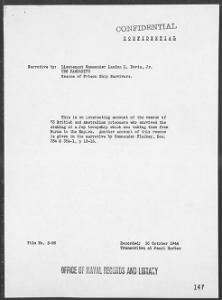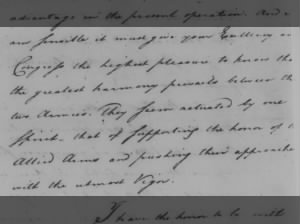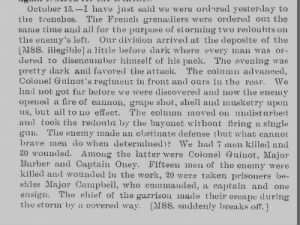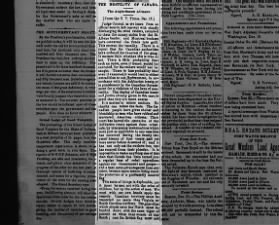In honor of Veterans Day, Fold3 is offering free access to our World War II Collection November 10-30. Explore the records of the war that shaped America’s “greatest generation”—and look for your family’s own WWII heroes along the way.
 Whether you’re interested in historical aspects of the war or are searching for specific individuals who fought in it, Fold3’s WWII Collection likely has what you need. A few of the most popular titles in this collection are
Whether you’re interested in historical aspects of the war or are searching for specific individuals who fought in it, Fold3’s WWII Collection likely has what you need. A few of the most popular titles in this collection are
- Missing Air Crew Reports, WWII
- WWII US Air Force Photos
- WWII “Old Man’s Draft” Registration Cards
- WWII War Diaries
If it’s been a while since you’ve taken a look at our WWII Collection, you might be unfamiliar with our new and updated titles, which include
- Ardelia Hall Collection: Wiesbaden Property Cards
- 307th Bomb Group Records
- 500th Bomb Group Records
- 70th Infantry Division Records
 You never know what you might find. For instance, one user recently found their father-in-law’s name in the Pearl Harbor Muster Rolls, while another found their grandfather’s draft card in the WWII “Old Man’s Draft” Registration Cards. Other fun and interesting user finds have included photos of famous personalities in the WWII US Air Force Photos, like one of actor Clark Gable in England serving as an Air Force captain and one of Eleanor Roosevelt visiting an air base in New Caledonia.
You never know what you might find. For instance, one user recently found their father-in-law’s name in the Pearl Harbor Muster Rolls, while another found their grandfather’s draft card in the WWII “Old Man’s Draft” Registration Cards. Other fun and interesting user finds have included photos of famous personalities in the WWII US Air Force Photos, like one of actor Clark Gable in England serving as an Air Force captain and one of Eleanor Roosevelt visiting an air base in New Caledonia.
A great way to honor a WWII veteran in your family—or anyone who served in a U.S. conflict—is to make a Memorial Page for them on Fold3’s Honor Wall. If a search of the Honor Wall for the person’s name doesn’t bring up an existing Memorial Page, you can easily create one yourself. Not only can you include documents and images from Fold3’s collections on a Memorial Page, but you can upload records and photos from your own collection and add facts, stories, and memories to the page. Create, expand, or update as many Memorial Pages as you’d like: the Honor Wall is a great way to commemorate your veteran relatives and ancestors and share their stories with family and friends.
Get started searching the Honor Wall here or exploring the World War II Collection here.




